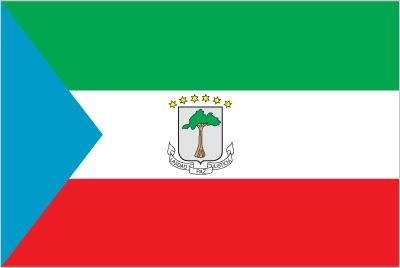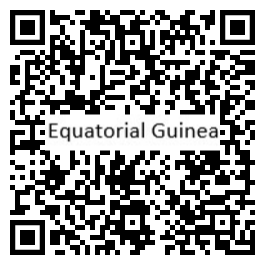Country Summary




Introduction
Background
Equatorial Guinea gained independence in 1968 after 190 years of Spanish rule. It is one of the smallest countries in Africa consisting of a mainland territory and five inhabited islands. The country hosts major regional and international conferences and continues to seek leadership in the sub-region and a greater role in international affairs.
Geography
Area
total: 28,051 sq km
land: 28,051 sq km
water: 0 sq km
Climate
tropical; always hot, humid
Natural resources
petroleum, natural gas, timber, gold, bauxite, diamonds, tantalum, sand and gravel, clay
People and Society
Population
1,679,172 (2022 est.)
Ethnic groups
Fang 85.7%, Bubi 6.5%, Mdowe 3.6%, Annobon 1.6%, Bujeba 1.1%, other 1.4% (1994 est.)
Languages
Spanish (official) 67.6%, other (includes Fang, Bubi, Portuguese (official), French (official), Portuguese-based Creoles spoken in Ano Bom) 32.4% (1994 est.)
Religions
Roman Catholic 88%, Protestant 5%, Muslim 2%, other 5% (animist, Baha'i, Jewish) (2015 est.)
Population growth rate
3.5% (2022 est.)
Government
Government type
presidential republic
Capital
name: Malabo; note - Malabo is on the island of Bioko; in 2017, some governmental offices began to move to a new capital of Ciudad de la Paz (formerly referred to as Oyala) on the mainland near Djibloho, but a lack of funds has halted progress on construction
Executive branch
chief of state: President Brig. Gen. (Ret.) Teodoro OBIANG Nguema Mbasogo (since 3 August 1979 when he seized power in a military coup); Vice President Teodoro Nguema OBIANG Mangue (since 2012)
head of government: Prime Minister Francisco Pascual Eyegue OBAMA Asue (since 23 June 2016); First Deputy Prime Minister Clemente Engonga NGUEMA Onguene (since 23 June 2016); Second Deputy Prime Minister Angel MESIE Mibuy (since 5 February 2018); Third Deputy Prime Minister Alfonso Nsue MOKUY (since 23 June 2016)
Legislative branch
description: bicameral National Assembly or Asemblea Nacional consists of:
Senate or Senado (70 seats statutory, 72 seats for current term; 55 members directly elected in multi-seat constituencies by closed party-list proportional representation vote, 15 appointed by the president, and 2 ex-officio)
Chamber of Deputies or Camara de los Diputados (100 seats; members directly elected in multi-seat constituencies by closed party-list proportional representation vote to serve 5-year terms)
Economy
Economic overview
growing CEMAC economy and new OPEC member; large oil and gas reserves; targeting economic diversification and poverty reduction; still recovering from CEMAC crisis; improving public financial management; persistent poverty; hard-hit by COVID-19
Real GDP (purchasing power parity)
$23.86 billion (2020 est.)
Real GDP per capita
$17,000 (2020 est.)
Agricultural products
sweet potatoes, cassava, roots/tubers nes, plantains, oil palm fruit, bananas, coconuts, coffee, cocoa, eggs
Industries
petroleum, natural gas, sawmilling
Exports
$8.776 billion (2019 est.)
Exports - partners
China 34%, India 19%, Spain 11%, United States 7% (2019)
Exports - commodities
crude petroleum, natural gas, industrial alcohols, lumber, veneer sheeting (2019)
Imports
$6.245 billion (2019 est.)
Imports - partners
United States 22%, Spain 19%, China 12%, United Kingdom 6%, United Arab Emirates 5% (2019)
Imports - commodities
gas turbines, beer, ships, industrial machinery, excavation machinery (2019)
Exchange rates
Cooperation Financiere en Afrique Centrale francs (XAF) per US dollar -
Page last updated: Friday, November 04, 2022
